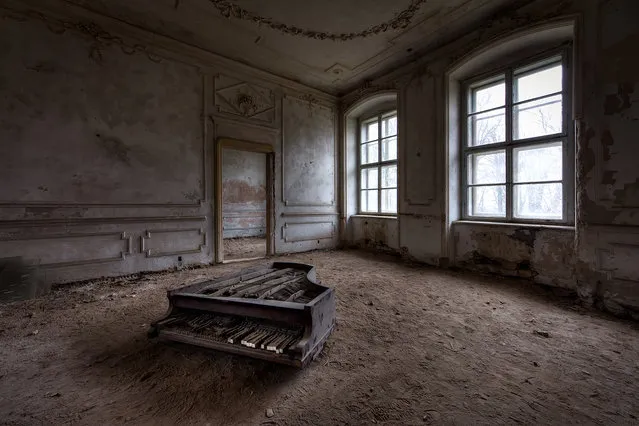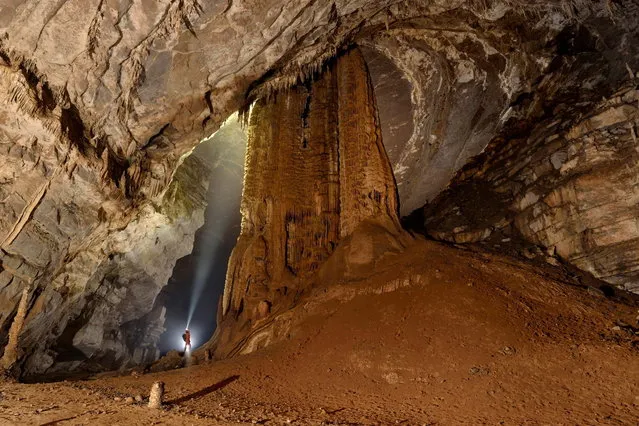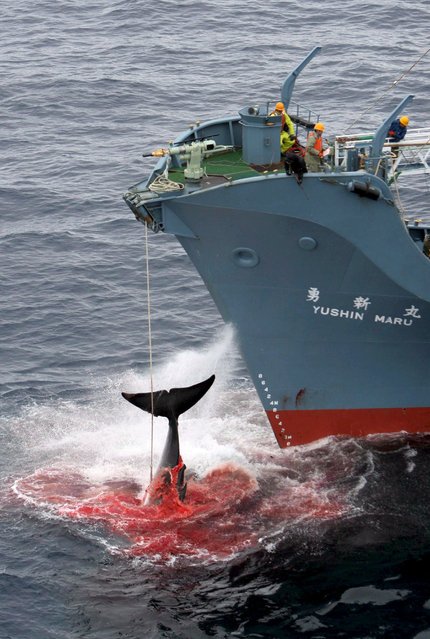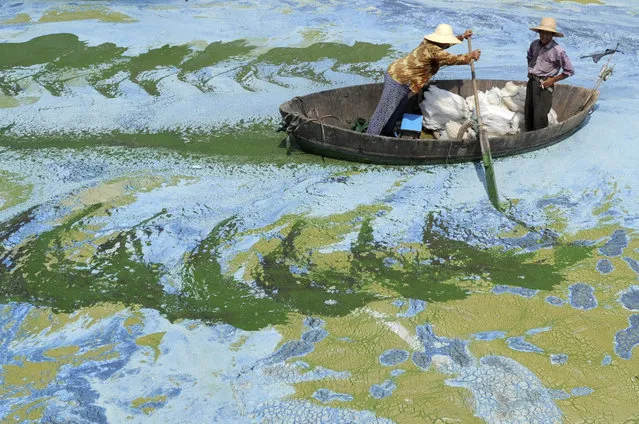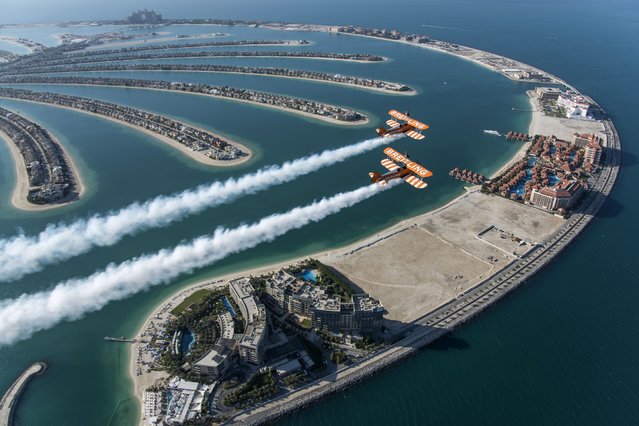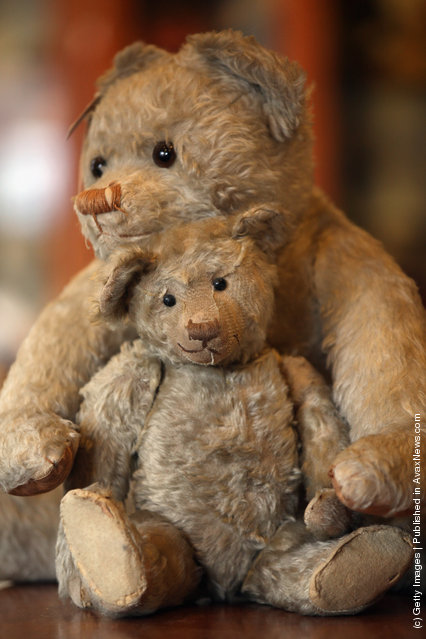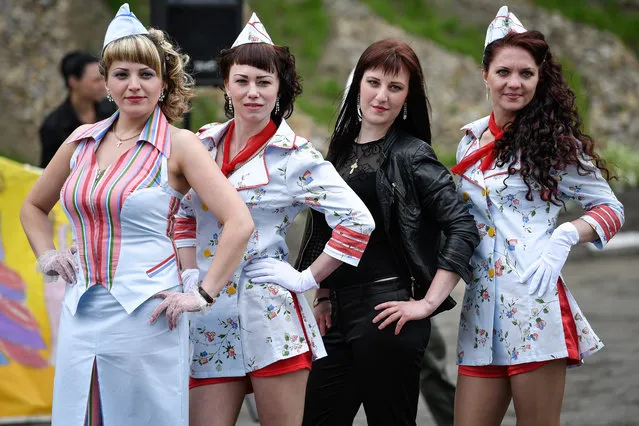
Convicts showcase creations during a fashion show at female penal colony No 10 in the village of Gornoye, Primorye Territory, Russia on June 7, 2017. Prisoners of the colony sew clothes at a garment factory and every year they celebrate Day of Light Industry by presenting the clothes they made. (Photo by Yuri Smityuk/TASS)
15 Jun 2017 08:37:00,post received
0 comments

